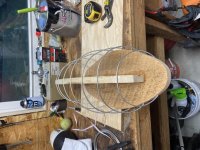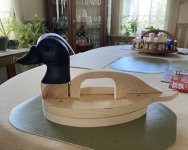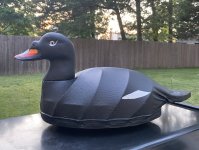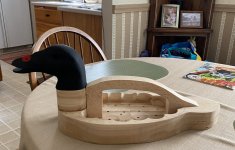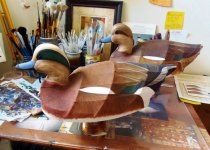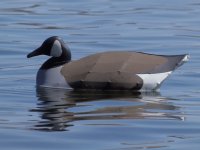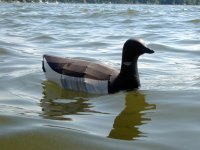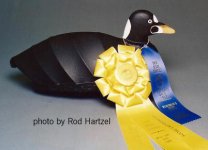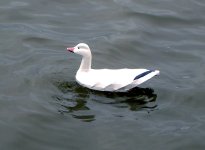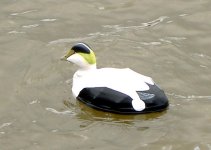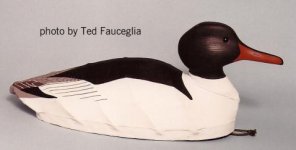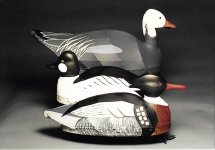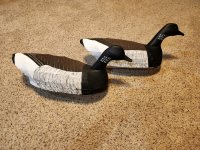T Entwistle
Member
So a while back my father said he was going to start a project of making some canvas Scoter decoys. I told him I would also like to make some Canvas Brant decoys and asked if he would cut out some bottom boards and backbones for me. He obliged and a few weeks ago handed me a starter kit.
Here it is. Roughed out head, bottom board and a spool of wire!

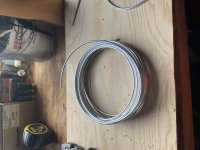
I located where the head will go and attached the backbone. I will attach the head later as I have to shorten it and carve it to final shape.

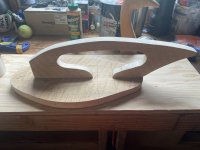
My father marked the wire locations for me so I just had to drill the holes. Then start cutting and shaping the wire.
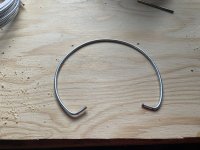
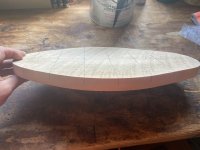
Here is my progress as of now.
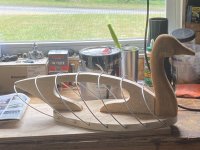
Here it is. Roughed out head, bottom board and a spool of wire!


I located where the head will go and attached the backbone. I will attach the head later as I have to shorten it and carve it to final shape.


My father marked the wire locations for me so I just had to drill the holes. Then start cutting and shaping the wire.


Here is my progress as of now.



